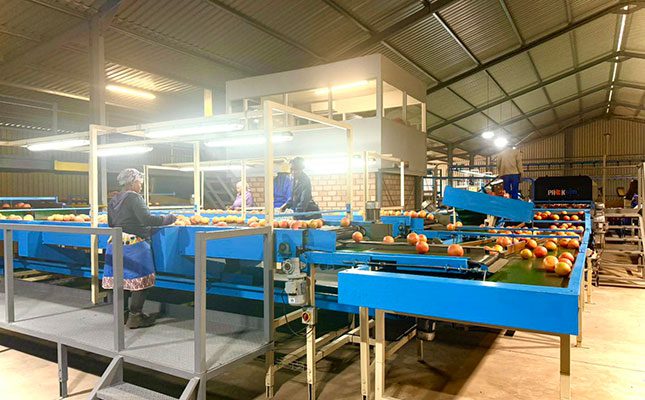This initiative, according to the NAB, aims to reduce dependency on imports, create employment opportunities, and enhance the nation’s agricultural exports.
The commitment was unveiled during a strategic stakeholder engagement hosted by the NAB recently, which brought together key role players across the Namibian citrus value chain, including representatives from the Local Nurseries Association, the Citrus Growers’ Association of Southern Africa, Namibia Association of Horticulture Producers, Namibian Association of Traders in Fresh Produce, citrus exporters, smallholder citrus producers, the Ministry of Agriculture, Fisheries and Land Reform, the Namibia Investment Promotion and Development Board (NIPDB), the Agricultural Trade Forum, and the Namibian Standards Institution.
“When we talk about the citrus industry, we are talking about potential, about jobs, about foreign exchange earnings, and most importantly, about transforming the sector to benefit our farmers and the national economy,” said Dr Fidelis Mwazi, CEO of the NAB.
Mwazi said that Namibia was a net importer of citrus, bringing in 96% of its citrus fruit annually, worth N$57,6 million.
However, he said, despite being the country’s third-most consumed fruit after apples and bananas, local citrus production remained low.
He said currently an estimated 1 783t of citrus were expected to be harvested this year, with around 150 515 commercial citrus trees planted nationwide.
“For these reasons, we [NAB] will be investing N$250 million (N$50 million per year) into the development of the crop value chain in order to enhance the value of the crop sector through dedicated facilitation, cutting-edge research and development, while ensuring a dynamic regulatory framework that responds to the evolving needs of the industry.”
According to Mwazi, commercial production was concentrated in the Karst, Central, South, and Orange River zones.
“Of the total citrus sold, 70% goes through formal markets, while 30% is distributed via informal channels. To support quality and market access, a national citrus standard is already in place. Most citrus fruits are also gazetted as controlled products under the Agronomic Industry Act No. 20 of 1992,” he said.
Dr Mwazi added that event though, Namibia’s citrus exports, primarily to South Africa and Angola, earned the country more than N$23.9 million in 2024 (about USD 1.3 million or R23.9 million), the country still imports citrus planting material worth over N$136 million (around USD 7.3 million or R136 million), ranking citrus among the top 10 agricultural inputs.
“The five-year investment will support nursery development, promote local propagation of quality seedlings, expand research and extension services, and boost infrastructure like packhouses and irrigation systems. It will also reinforce regulatory systems to ensure Namibia’s citrus can compete in regional and global markets,” he explained.
Dr. Mwazi also announced a revision of NAB’s vision and mission to better align with global standards, and its new Integrated Strategic Business Plan (ISBP) and the 5-Year Crop Value Chain Development Strategy (CVCDS) (2025-2030).
According to Dr Mwazi, the updated mission emphasises effective legislation, facilitation, and research to ensure the advancement of Namibia’s agronomic sector
He said the vision has advanced from, “A world-class regulator to a vibrant, diversified and sustainable crop industry” to, “A globally recognised regulator of a sustainable, agile and innovative agronomy and horticulture sector.”
“This change was driven by the need to align with measurable global standards,” he said. “Our regulatory and inspection work must meet international benchmarks such as ISO 9001:2015 and ISO 17020 to ensure global recognition.”
The engagement concluded with a tour of the Koedoebos Sitrus Pakhuis, a citrus packhouse, in a show of shared commitment among stakeholders to grow the local industry and improve competitiveness.



